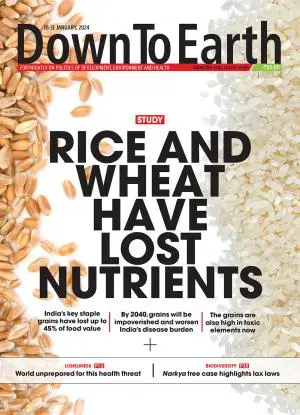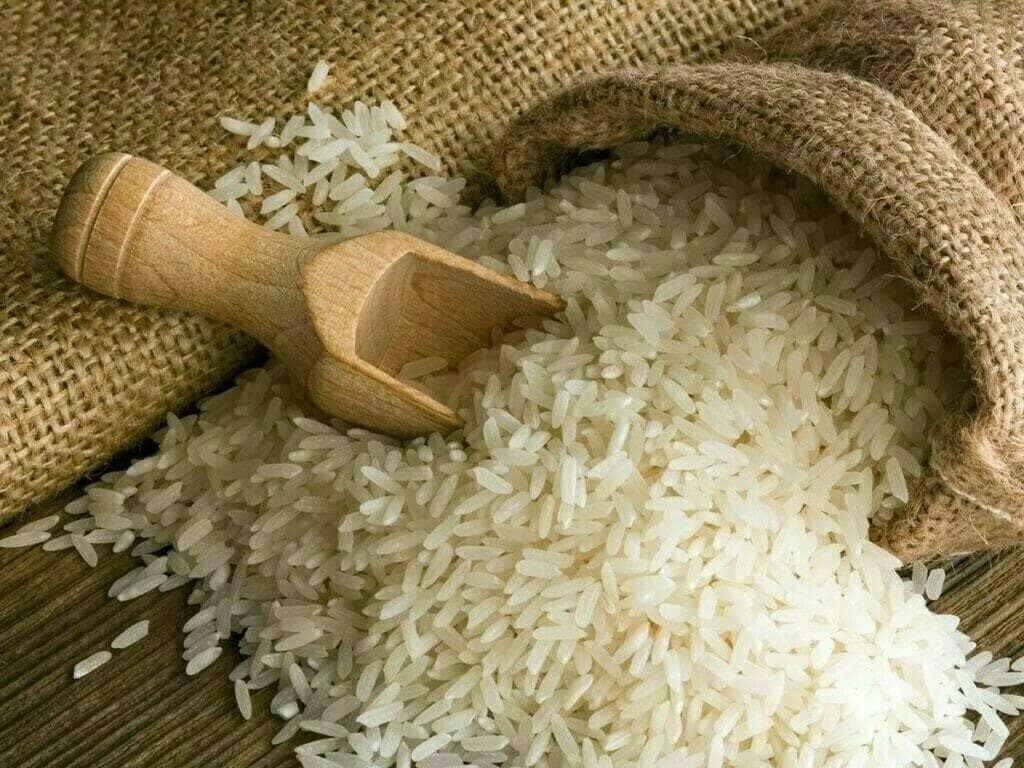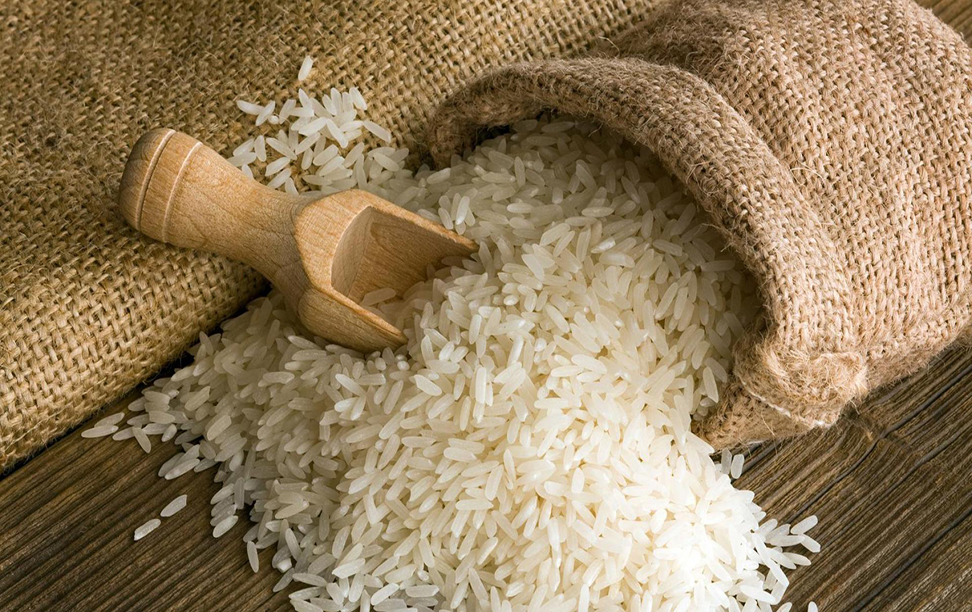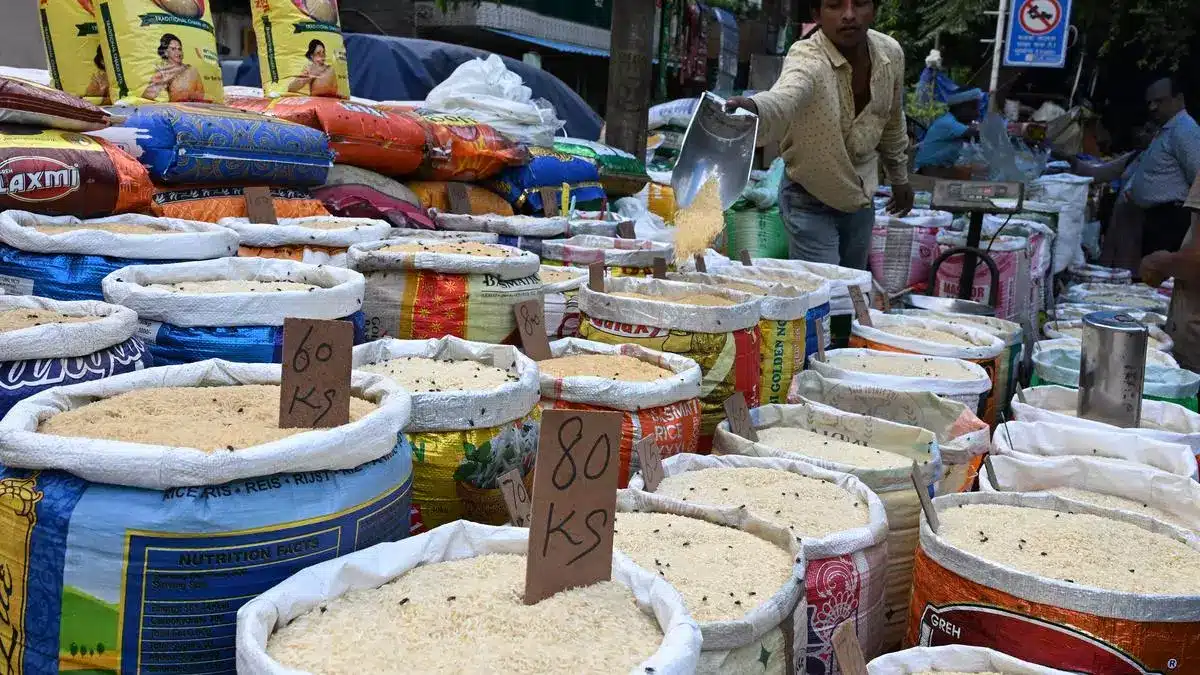Tags
What exactly changed in India’s wheat and rice?

The crops gained quantity but lost quality in the quest to feed India’s millions
When the Green Revolution began in India, the aim was to feed the rapidly growing population—which had jumped by 21 per cent in just 10 years to reach 439 million in 1961—and to become self-sufficient in food production. The country by then had suffered frequent famines and food shortages; hunger was widespread. So main motive of agricultural scientists was to improve yield. “We were never in a position to think about malnutrition,” says Debnath, adding that the country released its first official reports on malnutrition only after the 1980s.
The traditional rice and wheat varieties or landraces grown in the country before the Green Revolution had several crucial traits. Developed over time largely through selection by farmers, these landraces were not only highly suited for the local agroecology, but also had rich nutritional content. During the Green Revolution, these landraces were utilised in breeding programmes and crossed to make the new varieties. Dwarf genes isolated from high-yielding varieties were inserted to ensure a higher distribution of photosynthates (products of photosynthesis that are usually simple sugar) into the grains, thereby increasing the grain size and improving yield.
“While photosynthates reached the grain in sufficient quantity, it was not necessary that nutrient and minerals also reached in the same and equal proportion. So slowly, the trait of taking more nutrient by the grain got lost,” says Rubina Khanam, a scientist with National Rice Research Institute (NRRI), Cuttack, Odisha, and co-author of the study. With the cross-breeding of landraces picking up pace, the original parent varieties started getting excluded from the breeding process. The native, useful genes also started to slowly decrease as the country focused on more high- yielding varieties.
“After the 1980s, the focus of breeders shifted to developing varieties that are resistant to pests, diseases and tolerant to several stresses like salinity, moisture and drought,” says Mandal. “They did not have the luxury of thinking whether the plants were taking nutrients or not,” he adds.
“We gained quantity but lost quality,” says Khanam, who works with different rice varieties. She highlights another fallout of Green Revolution. Amid continuous genetic tampering under the modern breeding programme, the plants have also lost their natural evolutionary defence mechanisms against toxicants. “In a plant, both the good and bad mineral elements are absorbed through the same channel. So it is normal for the toxic elements to reach till the stalk. But rice is an intelligent plant. So it uses its genetic potentiality to screen out the elements that are either not good for itself or for humans and does not allow the elements to reach the grain. For example, arsenic is not very harmful to the plant but very harmful to humans.
 So, whenever high amount of arsenic is present in the soil, the rice plant would automatically switch off the transporter’s ability to take up that element. Or it would deploy another mechanism to deposit the toxic metal in some unused part of the plant, like in the vacuole. This inherent mechanism of the plant has now deteriorated,” Khanam says.
So, whenever high amount of arsenic is present in the soil, the rice plant would automatically switch off the transporter’s ability to take up that element. Or it would deploy another mechanism to deposit the toxic metal in some unused part of the plant, like in the vacuole. This inherent mechanism of the plant has now deteriorated,” Khanam says.
Now, to increase grain yield, plants are taking particular nutrients in high amounts. Through the same channel, the negative elements also reach the stalk in high amounts. The great quality of screening present in good rice varieties is now lost, she adds.
This is also the reason that the accumulation of toxic elements was higher in rice than in wheat. For instance, concentration significantly decreased from 0.032 mg per kg in wheat cultivars released in the 1960s to 0.015 mg per kg (53 per cent-drop) in cultivars of the 2010s. There was also a downward trend in the concentration of lead and chromium for wheat.
Scientists point towards the difference in the growing conditions of the two crops as one of the possible reasons for more increase of toxins in rice compared to wheat. Rice is grown in submerged conditions. When soil is flooded, an anaerobic condition is developed, which means that air does not reach the soil. Under this condition, heavy metals undergo chemical transformation and take a form which is more soluble, thus coming in more “plant available” form. And the roots cannot be distinguished.

WORLD WIDE DESPERATION
The pattern is not unique to India. Scientists from several other countries have also reported similar depletion in nutrition levels in food grains since the introduction of high-yielding varieties.
One such study was led by Ming-Sheng Fan from the Rothamsted Research, UK, which evaluated mineral concentration of archived wheat grain and soil samples from the Broadbalk Wheat Experiment, one of the oldest continuous agronomic experiments in the world that started in 1843. The researchers chose samples from eight plots; and in all them, the study found significant decreasing trends in the concentrations of zinc, copper, iron and magnesium in wheat grain since the 1960s. “The concentrations of zinc, iron, copper and magnesium remained stable between 1845 and the mid 1960s, but since then have decreased significantly—20-30 per cent—which coincided with the introduction of semi-dwarf, high-yielding cultivars. In comparison, the concentrations in soil have either increased or remained stable,” the scientists wrote in the Journal of Trace Elements in Medicine and Biology in 2008. The Green Revolution has unintentionally contributed to decreased mineral density in wheat grain, the study found.
The 2021 study led by Debnath also showed that the large increase in the proportion of the global population suffering from zinc and iron deficiency over the last four decades coincided with the global expansion of high-yielding, input-responsive cereal cultivars released in the post-Green Revolution era.
 In 2006, scientists from the US showed that zinc and iron concentrations in food grains decreased significantly with the release of 14 wheat cultivars from production eras spanning more than a century. The study was published in the Journal of the Science of Food and Agriculture in 2006.
In 2006, scientists from the US showed that zinc and iron concentrations in food grains decreased significantly with the release of 14 wheat cultivars from production eras spanning more than a century. The study was published in the Journal of the Science of Food and Agriculture in 2006.
In 2015, researchers in Iran found that during the 70 years of introduction of high-yielding varieties, yield has shown a small improvement, while the concentrations of protein, iron and zinc have shown a drastic decline. “These showed breeders’ attention was often paid to enhancing grain production and they mostly neglected the quality of wheat production specially protein, iron and zinc,” said their study published in European Journal of Agroeconomy. “These relation-ships might be attributed to a dilution effect of the minerals due to the increased grain yield of most recent genotypes which is impacted by both environmental and genetic factors,” it said.
We are a voice to you; you have been a support to us. Together we build journalism that is independent, credible and fearless. You can further help us by making a donation. This will mean a lot for our ability to bring you news, perspectives and analysis from the ground so that we can make change together.
https://jara.news/what-exactly-changed-in-indias-wheat-and-rice/Published Date: January 28, 2024







